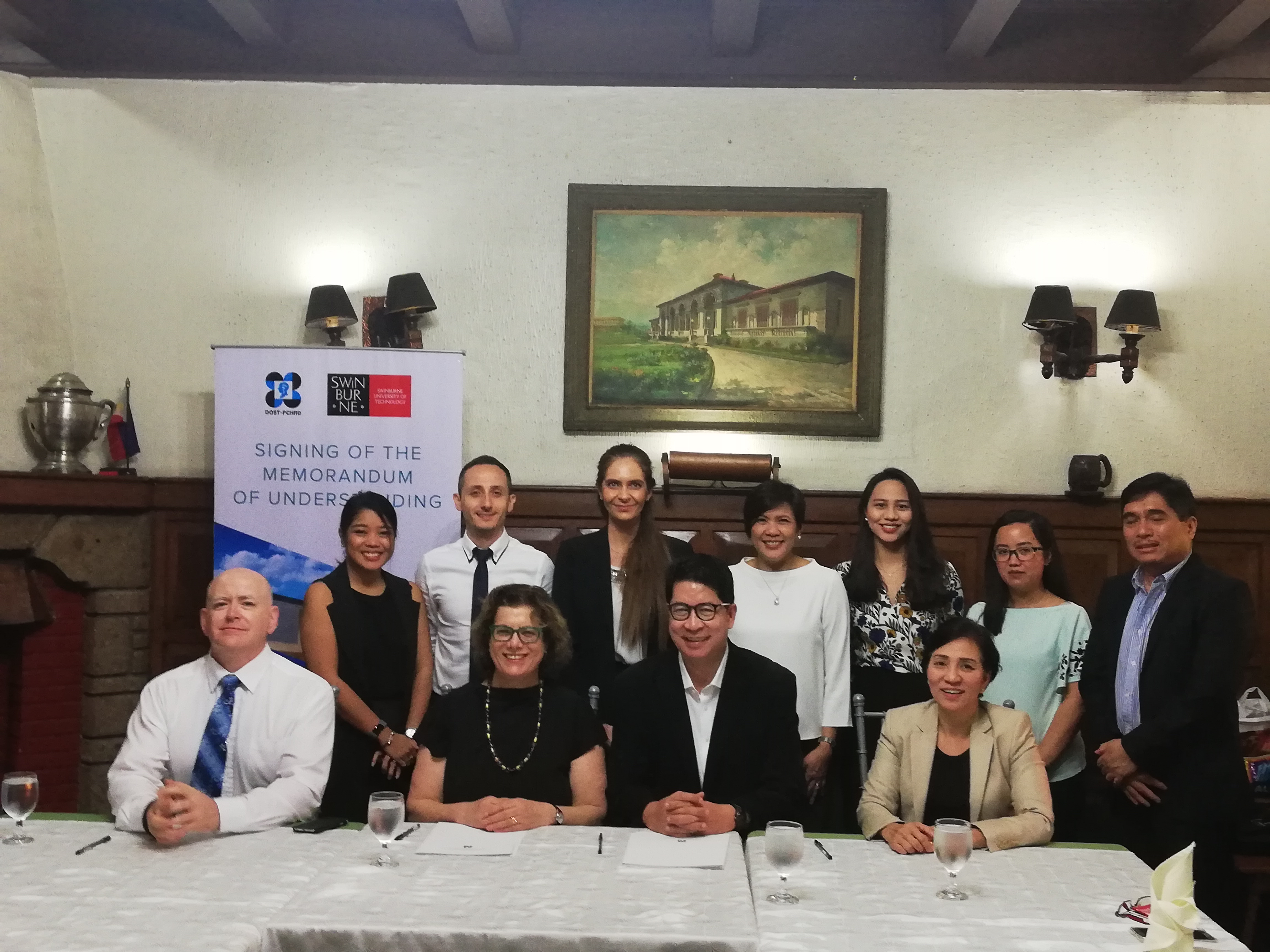- Latest News
- Hits: 3067
|
Position |
Deadline of Application |
|
Director, Political & Security Directorate |
18 January 2019 |
|
Assistant Director Competition, Consumer Protection & IPR Division |
6 January 2019 |
|
Assistant Director Finance Integration Division |
4 January 2018 |
|
Assistant Director ICT & Tourism Division |
13 January 2019 |
|
Assistant Director Energy & Minerals |
13 January 2019 |
|
Senior Officer Executive Support Division |
13 January 2019 |
|
Senior Officer IAI & NDG Division |
31 December 2018 |
|
Senior Officer Services |
4 January 2019 |
|
Senior Officer Minerals |
13 January 2019 |
|
Senior Officer Maritime Transport |
13 January 2019 |
|
Senior Officer Science & Technology Division |
13 January 2019 |
|
Senior Officer Trade Facilitation Division |
13 January 2019 |
|
Senior Officer Tourism |
13 January 2019 |
|
Senior Officer Disaster Management and Humanitarian Assistance Division |
13 January 2019 |
|
Senior Officer Poverty Eradication and Gender Division |
13 January 2019 |
|
Senior Officer Conference Services, Protocol & Formalities Division |
13 January 2019 |
For reference and further information on the vacancies, visit http://www.asean.org/opportunities/vacancies-asec


